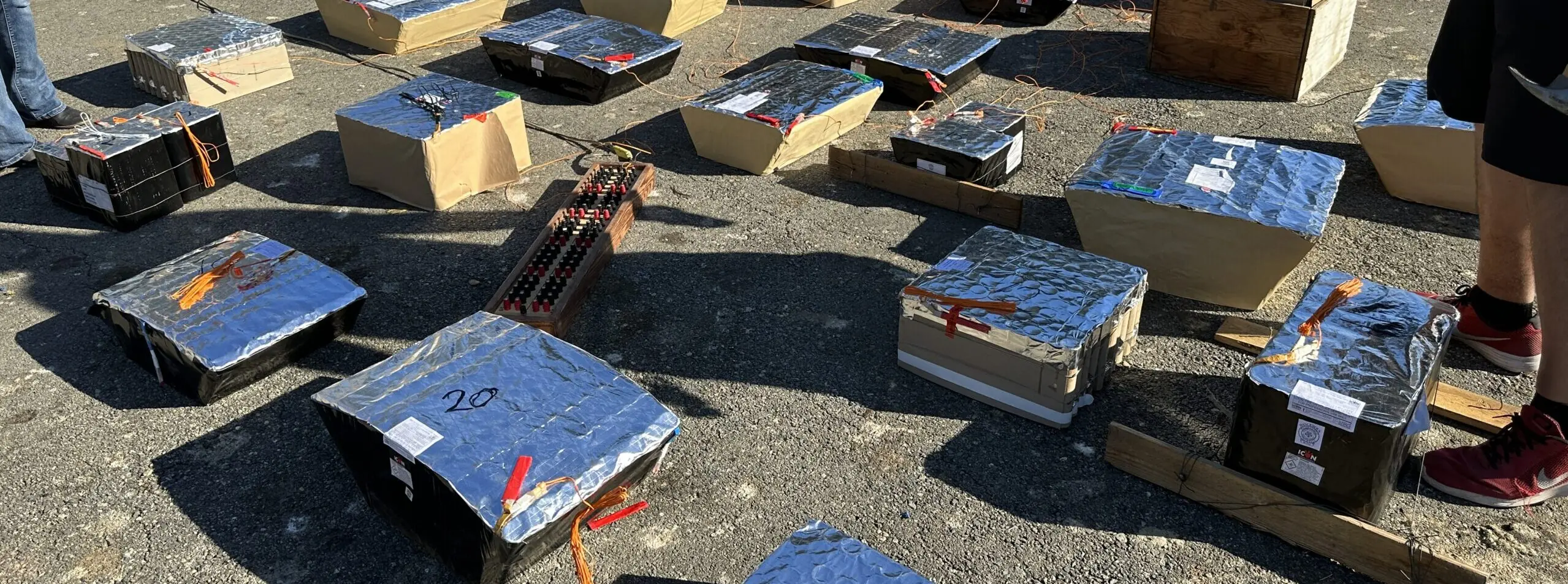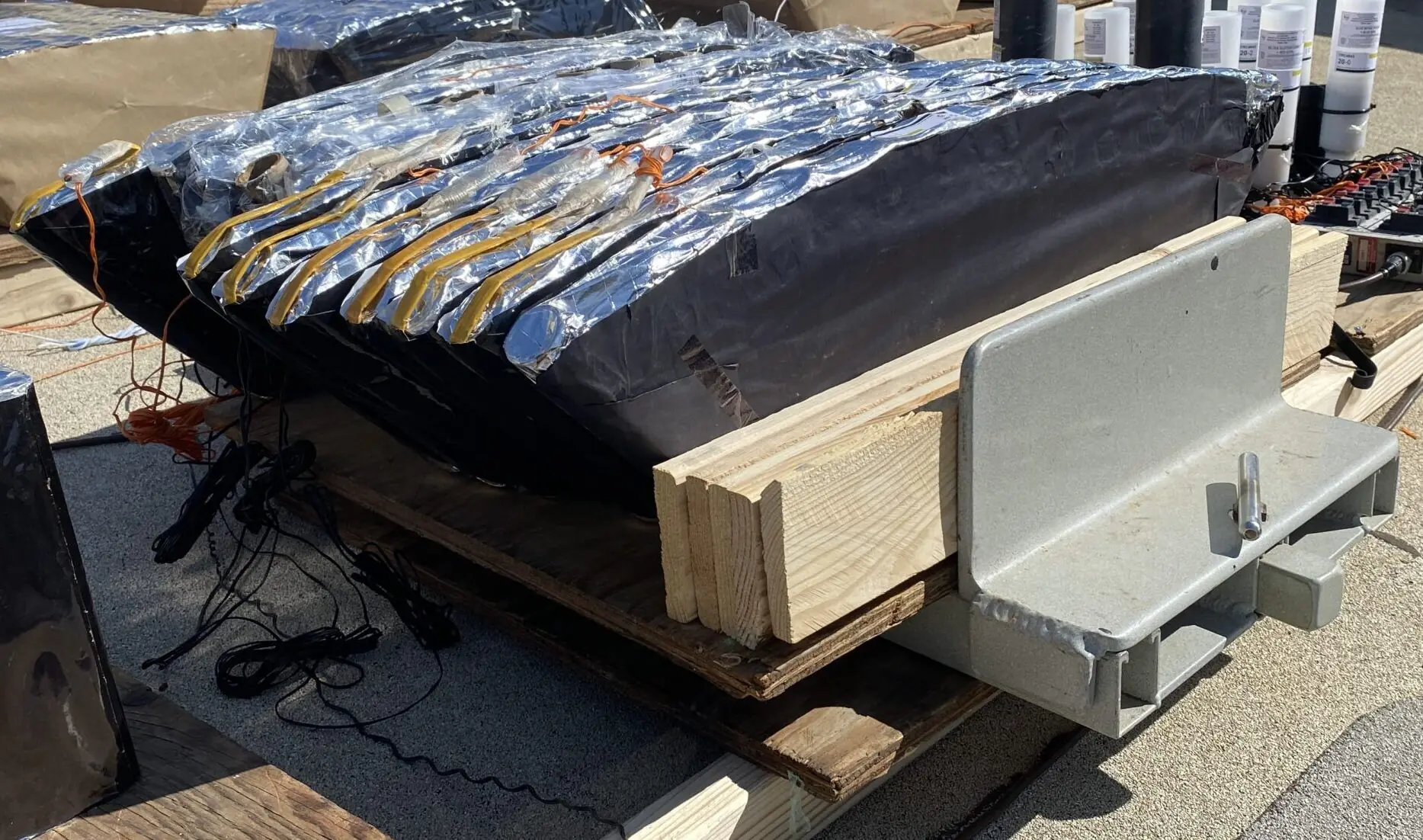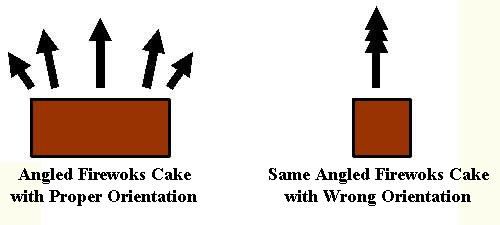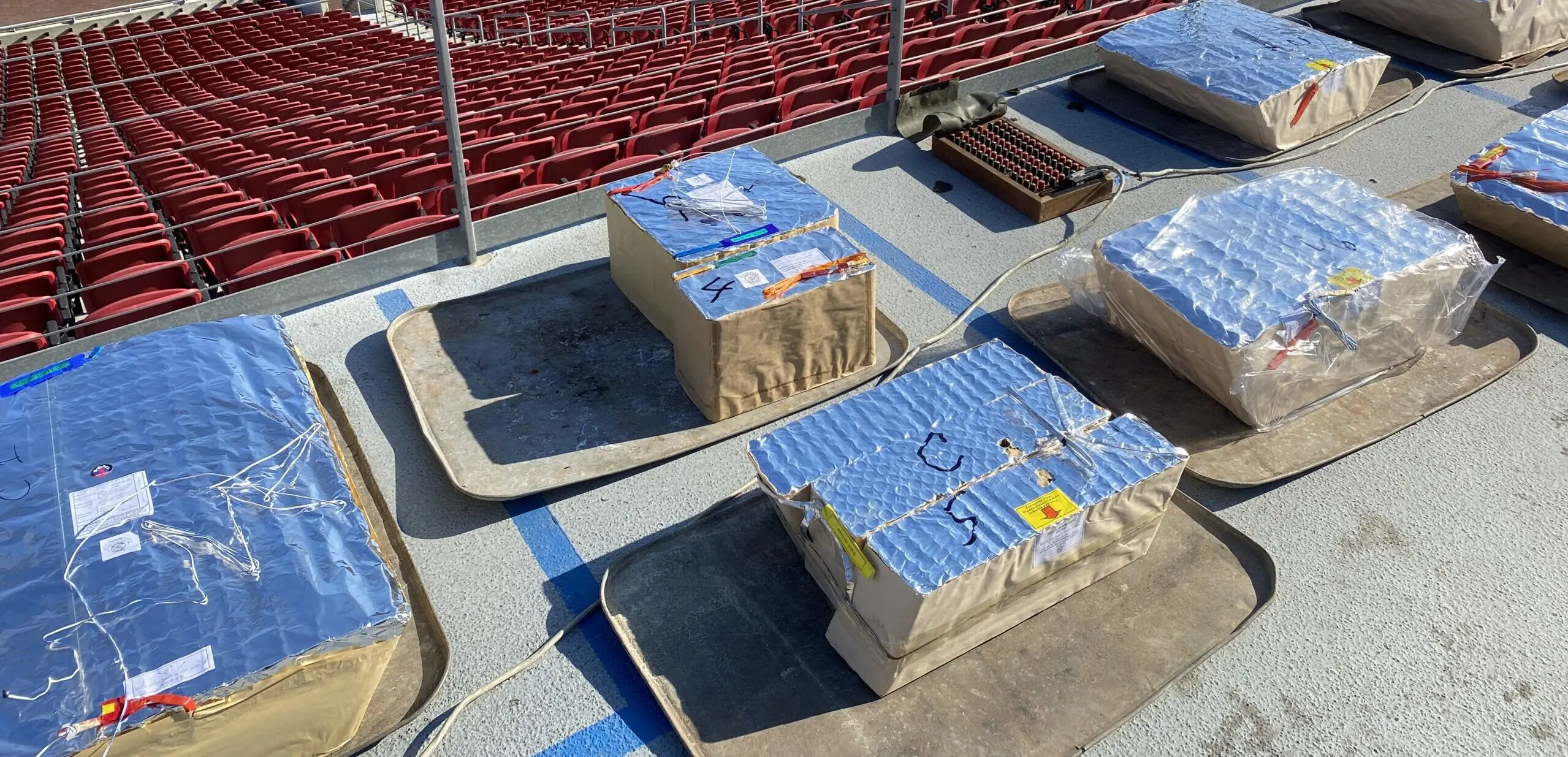Take me back to what to know your first fireworks show
Fireworks Cakes
What type of cakes are there?
Cakes a categorized by their size and shape. The size is pretty self-explanatory. The shape is essentially the pattern in which the cake will fire. Here is a list and description of the different shapes:
Vertical Cakes – All tubes are vertical, each sequential shot ends up in the same location as the previous shot.
W-shape (or) F-Shape – These cakes have angled tubes. One shot consists of an entire row of tubes so that you fill your sky with each shot. “F” stands for “Fan”.
Z-Shape – These cakes also have angled tubes; however they shoot only one shot at a time. The fire chain is “snaked” along the cake to give a back-and-forth tracer effect. Sometimes they end with two “W-shape” bursts.
X-shape – Same concept as the Z-shape; however, instead of only firing from one side of the cake, it starts at two opposite ends firing back and forth at a much higher rate. These cakes don’t last very long, but are very impressive with the amount and speed of pyro they put up.
Slab Cakes – Single Row cake. These function in a similar fashion to either a Z-shape or W-shape, but only have one row. These cakes allow for a single quick hit during choreographed displays where the designer wants more precise control on when a cake starts and stops.

Mix of angled and vertical cakes

Slab Cakes
How do I orient a fireworks cake?
The first and most important thing when setting up a cake is to pay attention to the orientation. So assuming you have a cake with angled tubes, you want to make sure you have the cake oriented in such a manner that the “fan” will be seen by the audience. You want the audience to enjoy the cake as it was meant to be seen, and not the side perspective. See the illustration below:


Fireworks Cake Setup Video
Special considerations for larger cakes
The larger cakes, need to be placed in the reinforced wooden “cake boxes” in case of a malfunction. Remember that a cake fires one after another from start to finish with no way to stop it. So if a tube explodes, the other surrounding tubes could be knocked out of place pointing in an undesirable direction (no longer vertical). So, to prevent this, we place these large cakes in the wooden boxes to keep all tubes pointed straight up even in the event of a malfunction. “Large” cakes are defined as 2.5″ tube diameter or larger. Watch the fireworks cake box video.

Bracing built around tall and skinny cakes

Fireworks cakes with built in foil top
Considerations for narrow / small fireworks cakes
Since cakes consist of a bunch of small mortars, they have a recoil associated with each shot. If the cake is very narrow or small in general, the cake may need stabilization to avoid tipping over while it is firing. There are many ways to accomplish bracing, such as using cleats, bailing wire, and/or L-brackets.
What else needs to be done to setup a fireworks cake?
Depending on the length of the show and location the cake should be foiled. Covering the top of the cake with foil keeps any sparks produced by other devices in the show from igniting the cake prematurely. If you wrap the cake entirely with foil and not just the top, you are also preventing the cake from being aerated after it shoots. The cardboard material the cake is made from will be smoldering afterwards and even a slight breeze will cause it to catch fire. If it is an electrically fired display where the cake has an “address,” you want to write this address on the top of the foil to make it easier to debug if a continuity issue comes up. Most modern cakes come with a foil top, so as long as there is no exposed match, they are typically good without additional foil.



